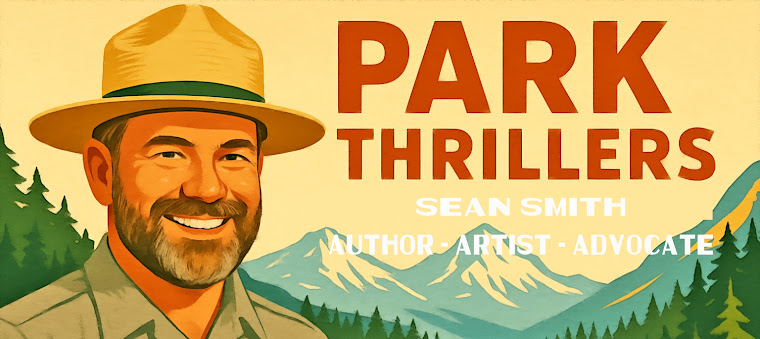 |
| NPS Image |
experience that many outdoor enthusiasts cherish. However, as the popularity of hiking and outdoor adventures continues to rise, so does the occurrence of search and rescue (SAR) operations. This has sparked debates and discussions about whether hikers should foot the bill for their own rescue missions.
National Parks and Rescue Statistics:
The National Park Service often conducts numerous rescues annually, ranging from lost hikers to medical emergencies. According to the latest available data, the cost of these rescues can significantly impact the Park Service's budget. For instance, in 2020, the Grand Canyon National Park reported nearly 300 search and rescue incidents, amounting to approximately $500,000 in expenses. Similarly, Yosemite National Park's Search and Rescue team reported over 200 incidents, with costs exceeding $300,000.
While these figures represent only a fraction of the total budget, they underscore the financial strain rescues impose on park services. Implementing fees for rescues could mitigate these costs but might not entirely solve the issue, given the nuances involved in each rescue operation.
In recent years, the idea of making hikers pay for their rescue has gained traction in some circles. Let's delve into the arguments on both sides of this contentious issue:
Pros:
Financial Responsibility:
Proponents argue that individuals who engage in high-risk activities should bear the financial responsibility for their rescue. If hikers know the potential costs associated with a rescue operation, they might take more precautions and be less reckless, ultimately reducing the number of avoidable rescues.
Allocation of Resources:
Advocates for charging hikers suggest that allocating the cost of rescue operations to the individuals involved would prevent the misuse of emergency services. It could ensure that resources are available for genuine emergencies rather than for those who may have been negligent or unprepared.
Deterrent for Irresponsible Behavior:
Supporters of charging hikers posit that imposing financial consequences might discourage reckless behavior in the wilderness. This could prompt individuals to be more cautious, adequately plan their trips, and acquire the necessary skills or equipment to mitigate risks.
Cons:
Ethical Considerations:
Opponents argue that charging for rescues could deter people from calling for help when they genuinely need it due to fear of incurring significant expenses. This ethical dilemma raises concerns about prioritizing financial consequences over human lives.
Complexity of Determining Fault:
Determining who is at fault or responsible for a rescue can be complex in outdoor emergencies. Unforeseen circumstances, changing weather conditions, or accidents might not necessarily be due to negligence. Imposing costs could unfairly penalize individuals in distress through no fault of their own.
Impact on Accessibility to the Outdoors:
Charging for rescues might restrict access to outdoor activities, especially for those with limited financial means. This could create a barrier for individuals who wish to experience the wilderness but need help to afford the potential costs associated with a rescue.
Conclusion:
The debate over whether hikers should pay for their rescue is multifaceted, involving financial, ethical, and accessibility considerations. While holding individuals accountable for their actions has merits, balancing this with the overarching goal of preserving human life and ensuring safety in outdoor spaces is essential.
A middle ground could involve education and prevention efforts, encouraging responsible outdoor behavior through workshops, informational campaigns, and mandatory safety courses. Additionally, establishing clearer guidelines on when to charge for rescues, such as in blatant negligence cases, could help balance accountability and compassion.
Ultimately, safeguarding lives in the wilderness while promoting responsible outdoor practices should remain the primary focus, and any policy considerations should align with this fundamental goal.


No comments:
Post a Comment